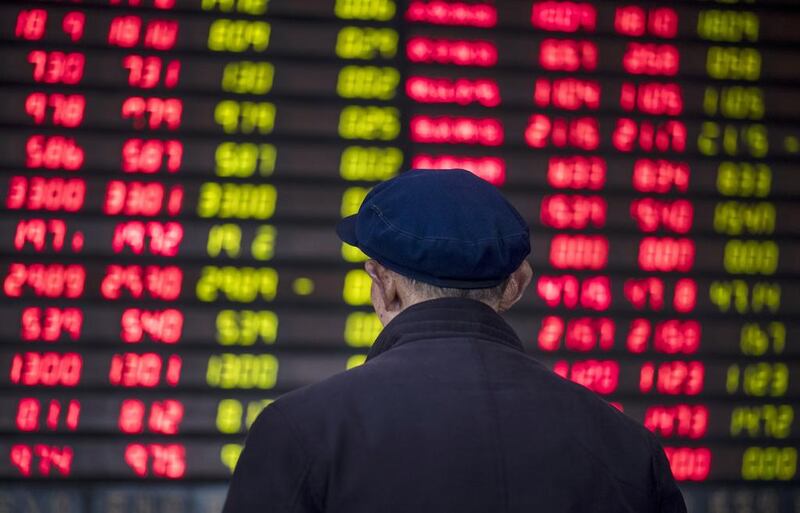Last week’s US Federal Reserve rate hike of 0.25 basis points was widely expected by the market. However, the statement accompanying the release was interpreted as being less hawkish than expected.
This appears to have boosted confidence in emerging market assets at least in the short term. Focusing on a longer-term time horizon, gradual rate hikes should not disrupt the upward path for emerging market equities. Importantly, in three out of four of the last Fed tightening cycles. Emerging market stocks have outperformed developed markets equities. This we feel is maybe being overlooked by many investors.
Last year emerging market equities started reversing their multi-year underperformance versus developed markets. Emerging market equities were up 11.2 per cent, outperforming developed markets by about 50 per cent. Emerging market bonds also reported a strong performance last year – sovereign and corporates, local or US dollar-denominated securities had returns of about 10 per cent. Since the US presidential election last year, emerging market equities are up by more than 10 per cent, more than double the return of global equities. Despite this we remain constructive on the outlook.
Emerging market fundamentals have meaningfully improved over the past few years. With current accounts shrinking, falling inflation, stronger currencies, more solid foreign exchange reserves and structural reforms under way, developing markets are embarking on accommodative policies and further reforms to stimulate growth.
The GDP growth differential between emerging and developed countries, which had been declining in the past few years, seems to have bottomed and is now expected to reverse. The IMF expects emerging markets to grow at 4.9 per cent per year over the next five years. Developed countries are expected to grow at a much lower 1.8 per cent per year over the same period.
While the Fed is moving along a path of interest rate hikes, most emerging market central banks have room for enacting accommodative monetary policies. These fundamental and policy backdrops paired with more stable currencies are supportive of improving earnings.
In the past, emerging market earnings have been weak in absolute terms as well as relative terms versus developed markets. Emerging market earnings are 23 per cent lower (in US dollar terms) compared to peak levels reached in 2011. A number of emerging market countries are now experiencing positive revisions to earnings expectations (including Russia, South Korea, Brazil) or fewer bad revisions (including Taiwan, Indonesia, China). Over the next 12 months, the emerging market earnings growth is expected to outpace developed markets’ earnings for the first time since 2010.
These fundamental and earnings improvements come with compelling valuations. Emerging markets are attractive from a forward price to earnings perspective as well as a price to book (P/B) ratio. At 1.6 times P/B, emerging market equities look cheap both versus their own history (1.8x P/B over the past 25 years), and global equities (2.0x P/B).
While the pre-federal open market committee uncertainty has now subsided, other risks to the future of emerging market assets remain. However, these are somewhat diminished. The US dollar does not seem to be headed for a strong appreciation in the near future. Emerging market currencies have already depreciated significantly over the past years and are now firming. Protectionist policies by the US could negatively affect emerging markets, although these do not seem the immediate focus of the new US president. Finally, risks from China are not centre stage any more.
Concerns about China’s hard landing or massive renminbi depreciation have now weakened and, therefore, helped to remove some of the headwinds that had made investors wary about investing in emerging markets. The People’s Bank of China (PBoC) hiked rates last Thursday, after the Fed hike a day earlier, showing more global coordination around monetary policy. This was a precautionary move aimed at constraining foreign flows, asset price bubbles and internal financial conditions. A balanced view on China can now be predicated on stronger economic signs and a likely commitment to keeping growth on track at a slower but stable pace. The next event to watch will be the China National Congress in autumn.
In the five years up until 2015, emerging market equities underperformed developed equities by 66 per cent. The rally we have seen until now has only partly reversed this. Hence, with a positive fundamental growth outlook and stronger earnings, one can foresee significant room for further upside.
Ilaria Calabresi is a vice president at JP Morgan Private Bank.
business@thenational.ae
Follow The National's Business section on Twitter






